Several years ago, my articles advocating a large hike in the minimum wage
caught the attention of James Galbraith, the prominent liberal economist, and we became a little friendly. As president of Economists for Peace and Security, he invited me to speak on those issues at his DC conference in late 2013. And after the presentations, he arranged a meeting with a friend of his, influential in DC political circles, at which the two of us could present my minimum wage proposals.
While we were waiting for the taxi to take us to that meeting, I heard him quietly discussing a few other matters with a friend standing next to him. Phrases such as "attacking Russia," "a nuclear first strike," and "Kennedy and the Joint Chiefs" came to my ears. I can't recall the exact words, but the conversation stuck in my mind both at the time and on my later flight home that evening, and although I hadn't mentioned anything, I wondered what remarkable historical facts he had been discussing. His father, the legendary economist John Kenneth Galbraith, had spent decades as one of America's most prominent public intellectuals and was a very influential figure in the Kennedy Administration, so I assumed that he was not merely engaging in casual speculation.
Finally, a week or two later, my curiosity got the better of me, and I dropped him a note, gingerly raising the topic I'd accidentally overheard. I suggested that if he possessed any private information regarding so astonishing a possibility—that the
Kennedy Administration might have considered a nuclear first strike against the USSR—perhaps he had a duty to bring the facts to public awareness lest they be lost to history.
He replied that he'd indeed found persuasive evidence that the US military had carefully planned a nuclear first strike against the Soviet Union in the early 1960s, and agreed about the historical importance. But he'd already published an article laying out the case. Twenty years earlier. In
The American Prospect, a very respectable though liberal-leaning magazine.
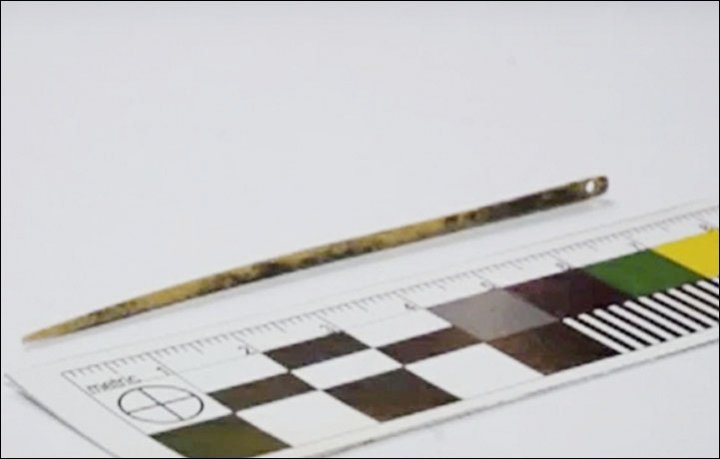
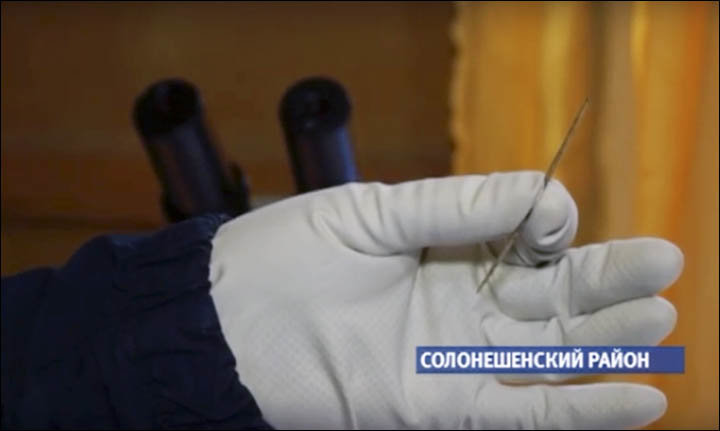


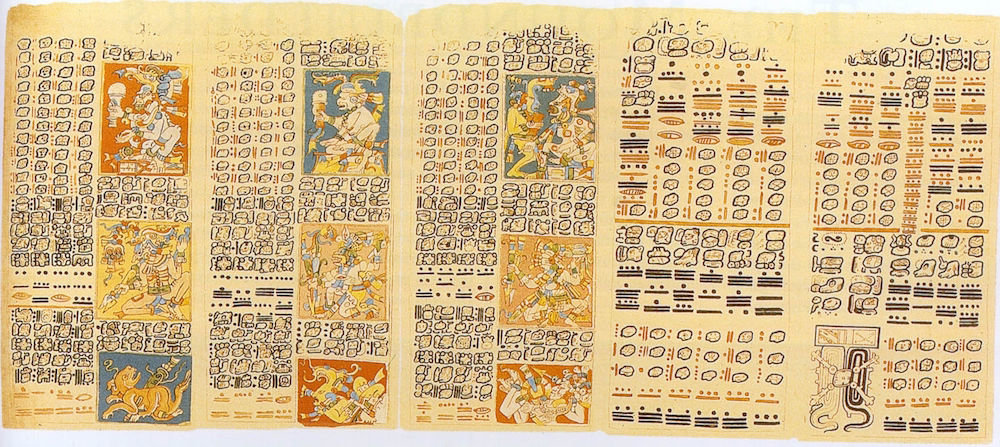




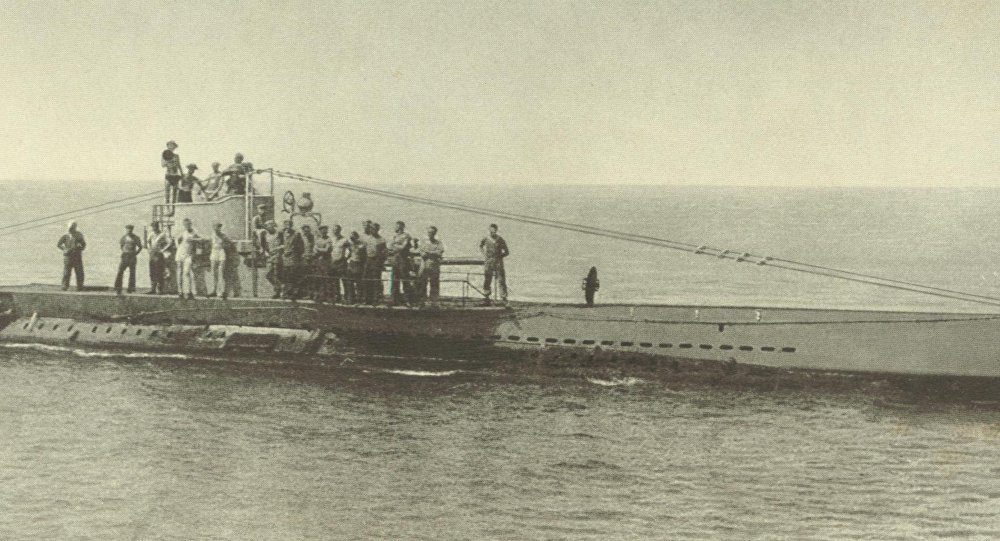
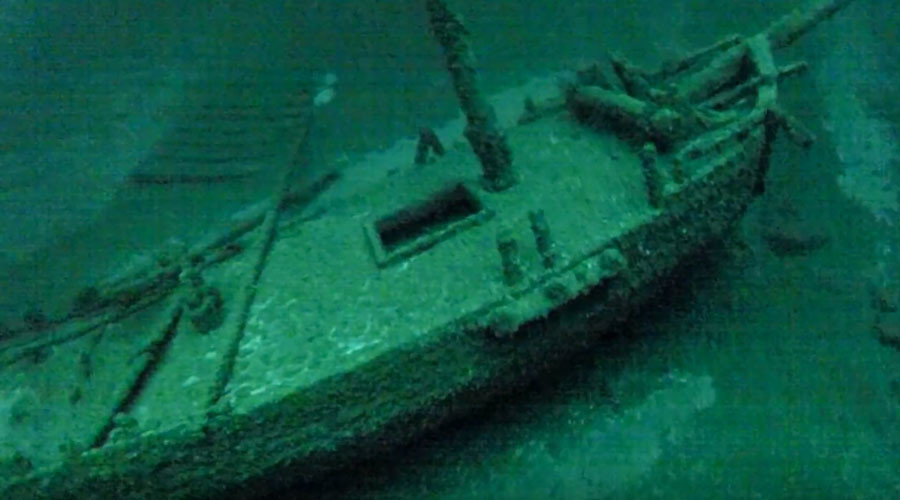



Comment:
Mexican plants could break code on Voynich manuscript
New signs of language surface in mystery Voynich text
University of Arizona scientists carbon-date mysterious Renaissance-era document